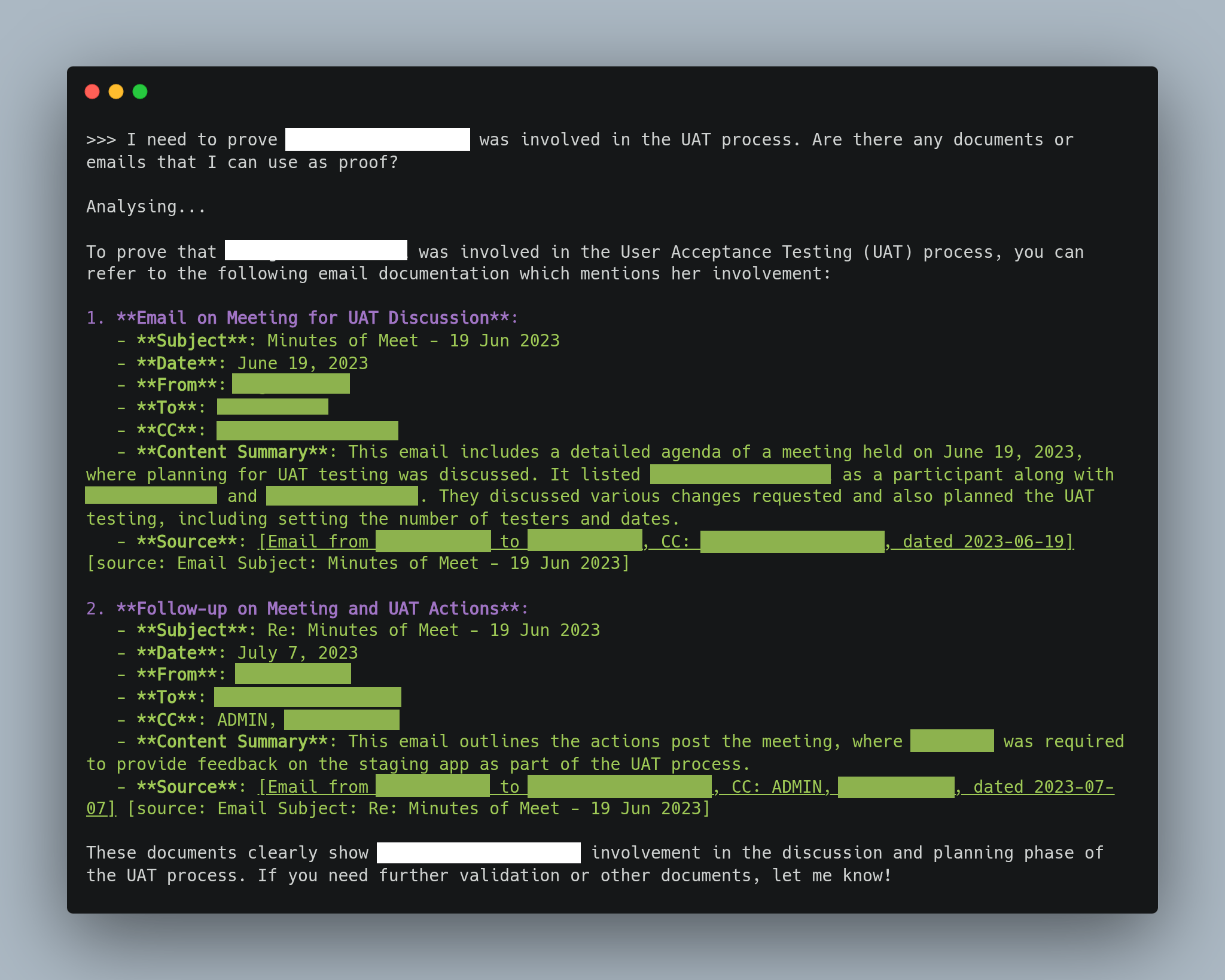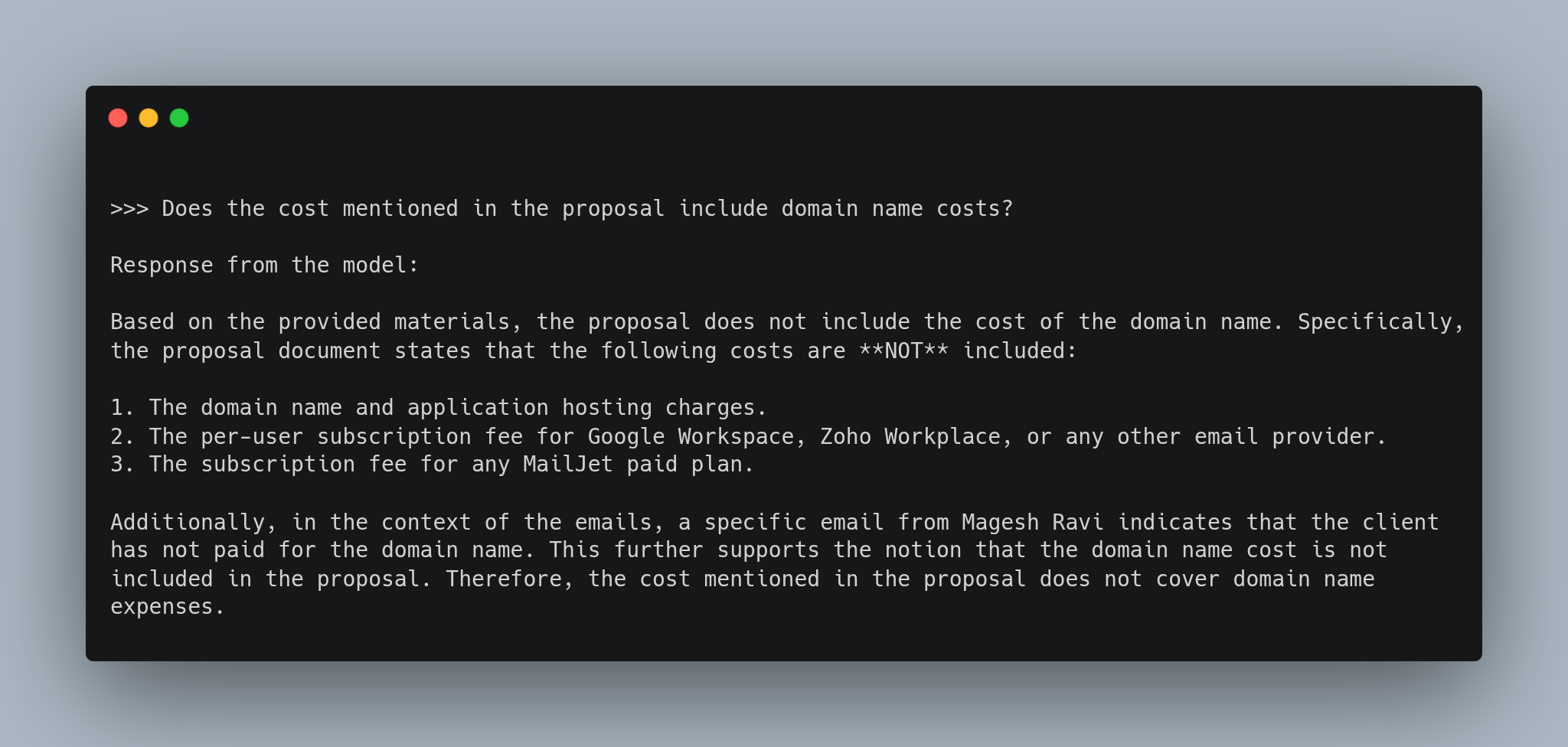Exhibit AI output with LangChain AgentExecutor with tools.

Been refining Exhibit AI with LangChain tools.
- Chat history now preserves both user + AI turns
- Smarter prompt design keeps case context intact
- More reliable, context-aware insights for lawyers
Status update on the Exhibit AI POC: LinkedIn post
Progressing briskly on Exhibit AI.
Put together a CLI tool and ran a few queries on documents from an actual legal dispute. Happy with the response.

Just letting it slide. Deleted the A record and should be fine now.
Our platform is open source so we keep everything open. And what are your devs doing?
I had a good laugh.
I'm wondering if this site is for scamming people. Should I scam the scammer? Add more DNS records to point their way?
So, I checked their website. The landing page talks about decentralized revolution and network security. Yet, they couldn't implement a simple domain name check.
I pointed this out to him and the reply was EPIC.
Guy didn't know how to ask for help.
You guys pointing your ip to our server
Please tell your devs to fix this they have ruined our whole website structure
Mildly irritating.
Someone from blazenode.io messaged me today.
One of my domains' old DNS records point to an IP address (206.189.132.211) that's currently assigned to their active web server.
So, its messing up their traffic/analytics.